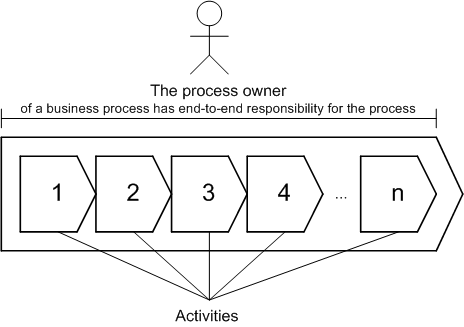Measurement and management are not separable (Lebas, 1995). By focusing measurement on processes rather than functions, alignment and common focus across separate organizational units can be achieved (Hammer, 2007). Implementing measures and taking corrective actions are operating precepts of process management (Melan, 1989), since a business process can only be mastered if it can be measured (Hinterhuber, 1995).
Process performance indicators are metrics which numerically capture the performance of a business process. The measures assigned to each process should be specified explicitly for each process (Braganza and Lambert, 2000). The process performance indicators have to be derived from the process objectives which themselves must be derived from business objectives and/or from the requirements of the process’ internal/external customers. This is crucial because business processes have to be linked with business strategy (Ndede-Amadi, 2004) and with the environment they intend to respond to (Kiraka and Manning, 2005). In his book, Davenport (1993) describes strategy as the backdrop against which process vision is created and driven.
Process performance measurement only makes sense if performance indicators are calculated from process performance data which is continuously collected. Not continuously collecting process performance data would impede timely reaction on poor process performance.


